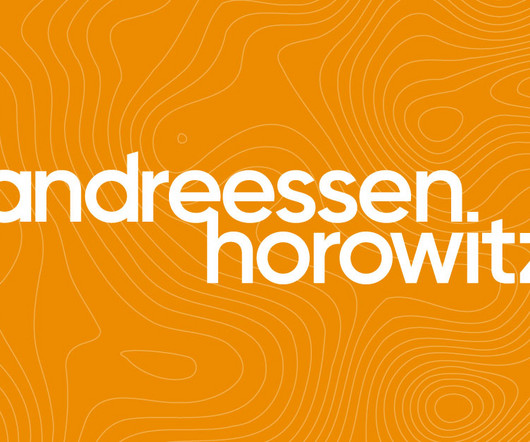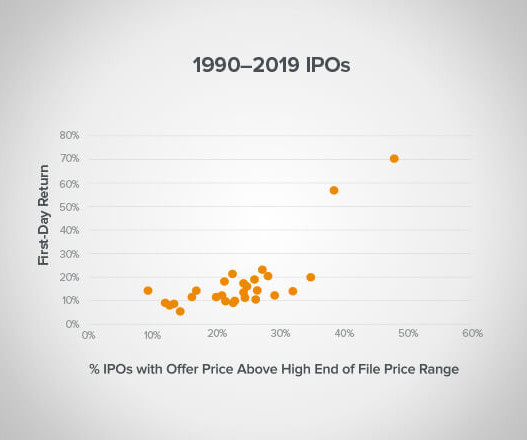On Going Public: SPACs, Direct Listings, Public Offerings, and Access to Private Markets
Ben's Blog
MAY 24, 2021
The de-SPAC process is essentially the process that occurs after a SPAC has agreed to terms with an acquisition target where the two entities are fully merged. 1990-1998 13.3% 22% 1990-1998 13.3% 1990-1998 10% 6.3% In the first quarter of 2021 alone, SPACs raised $87.9 Performance has been more un-even. 1999-2000 51.6%














Let's personalize your content